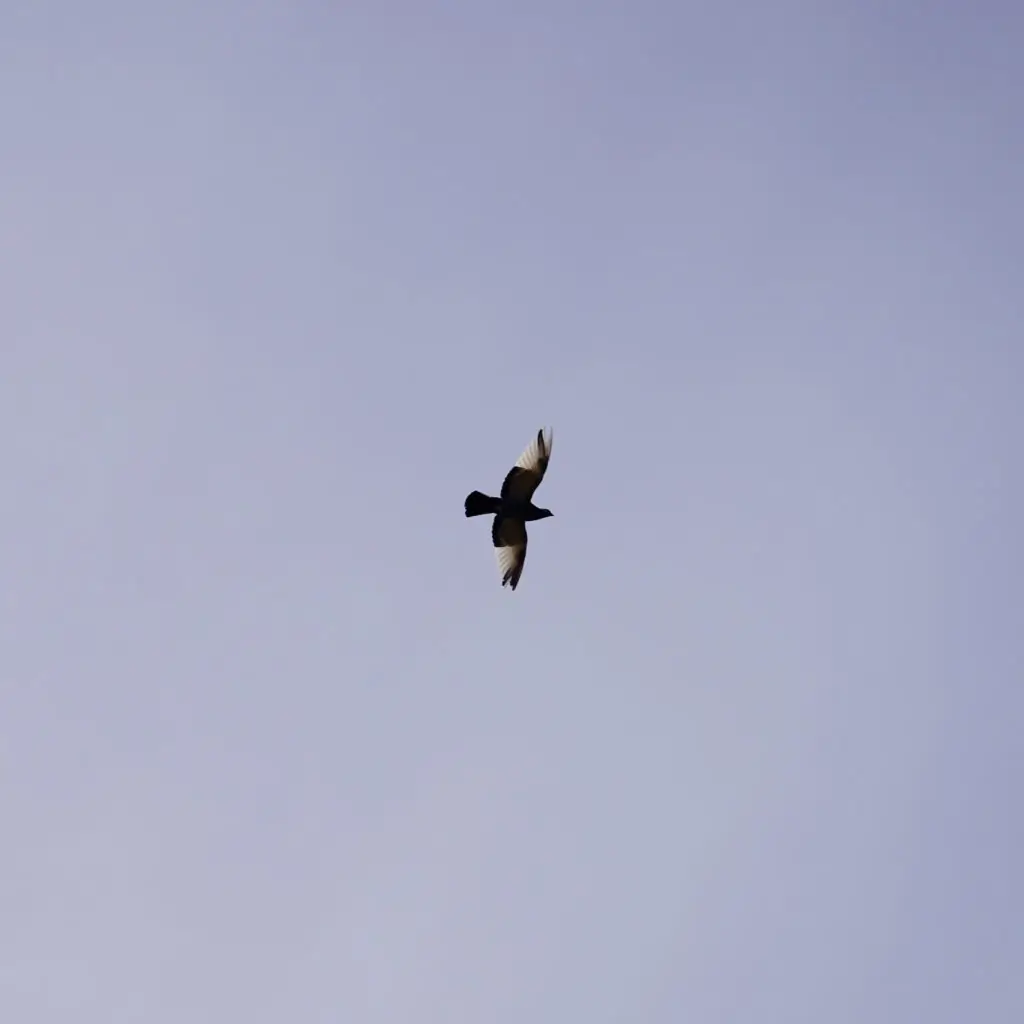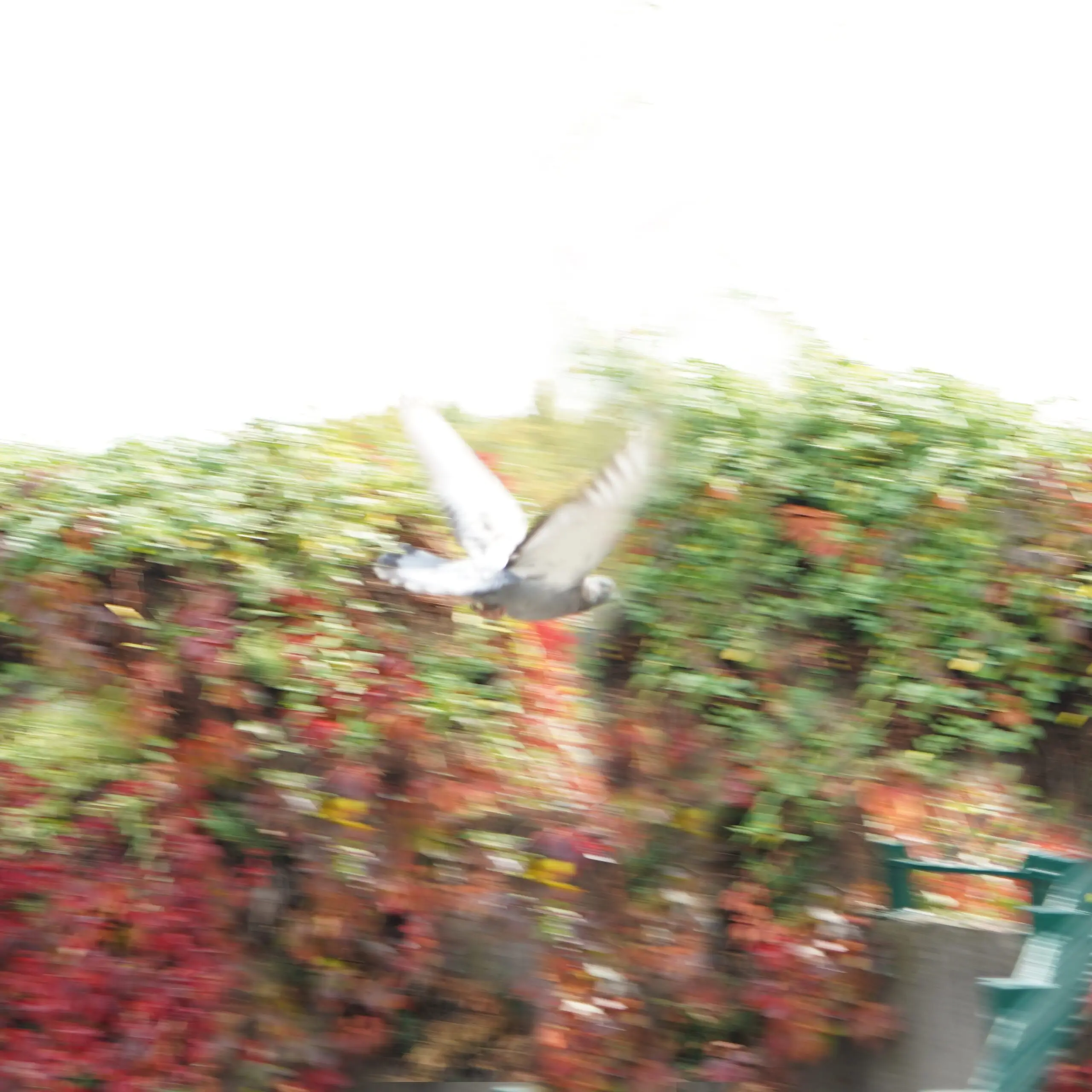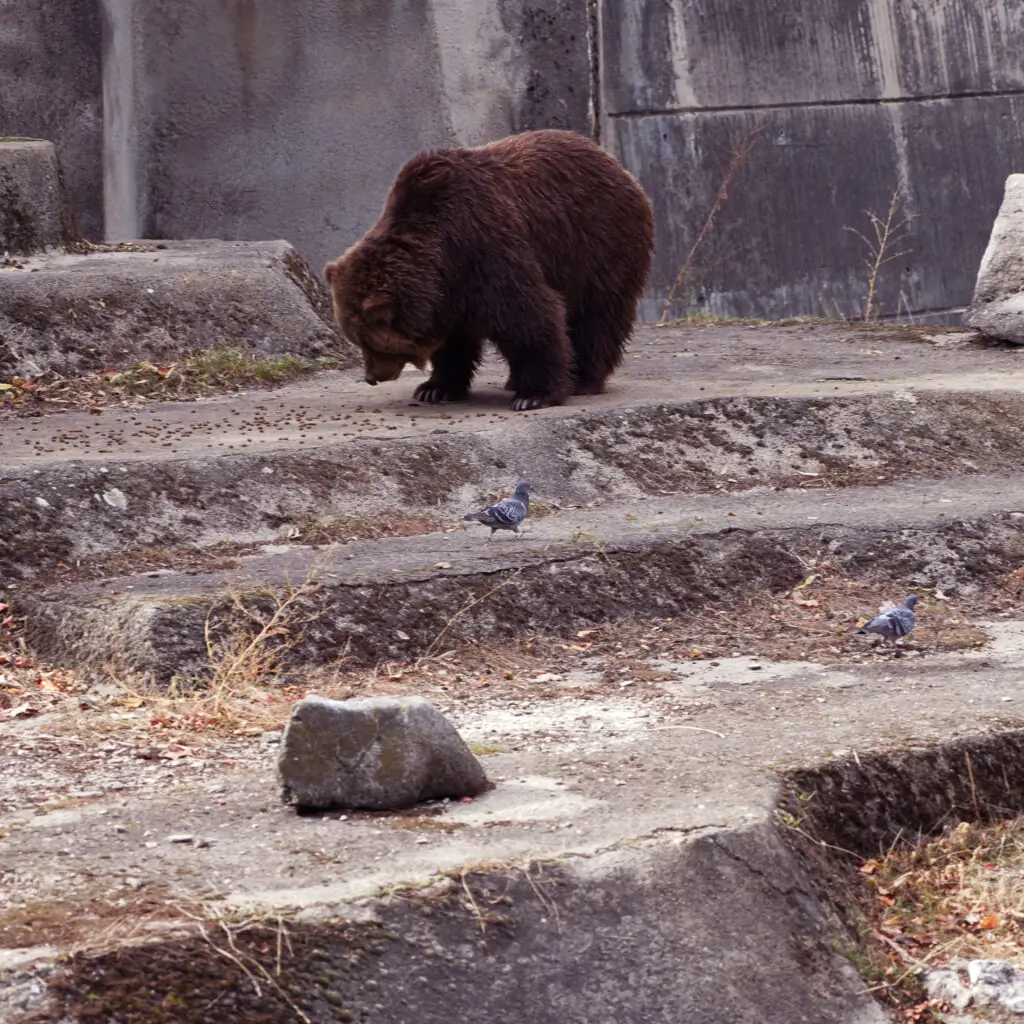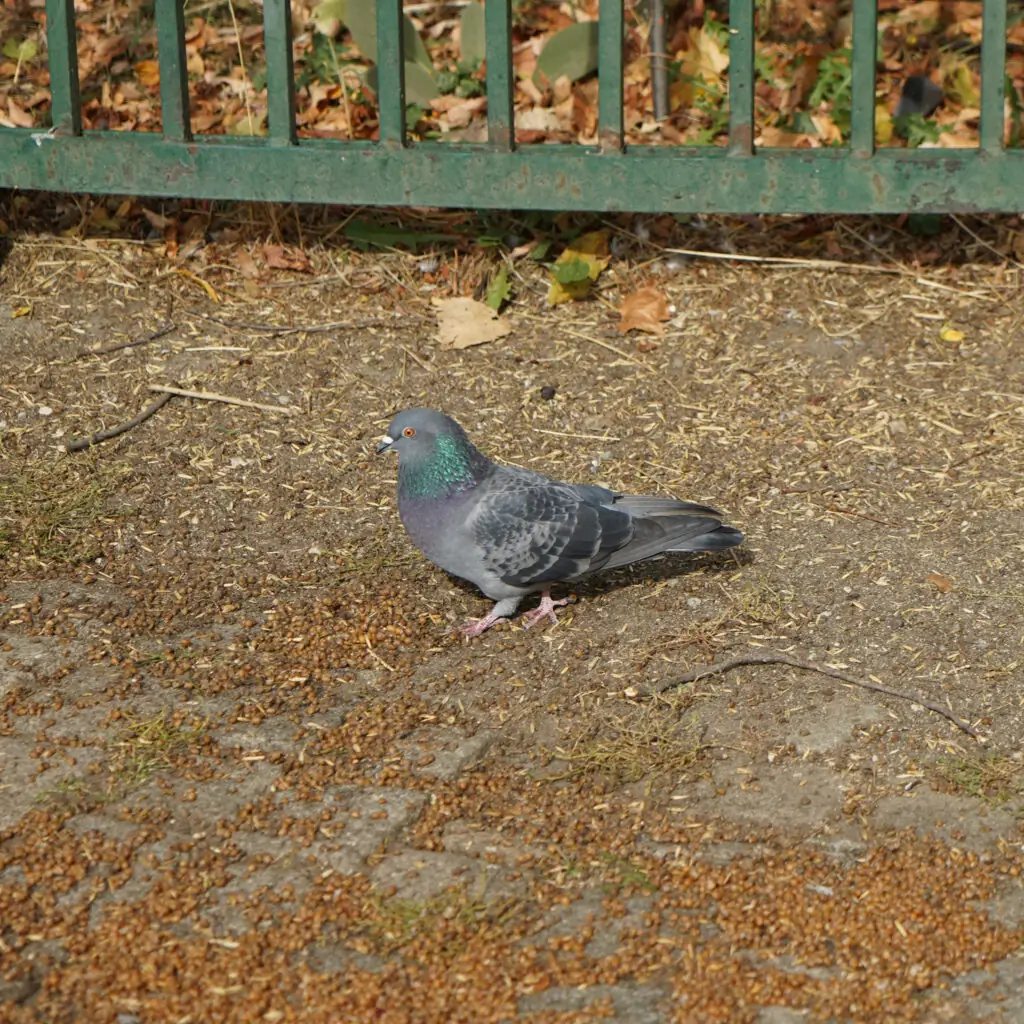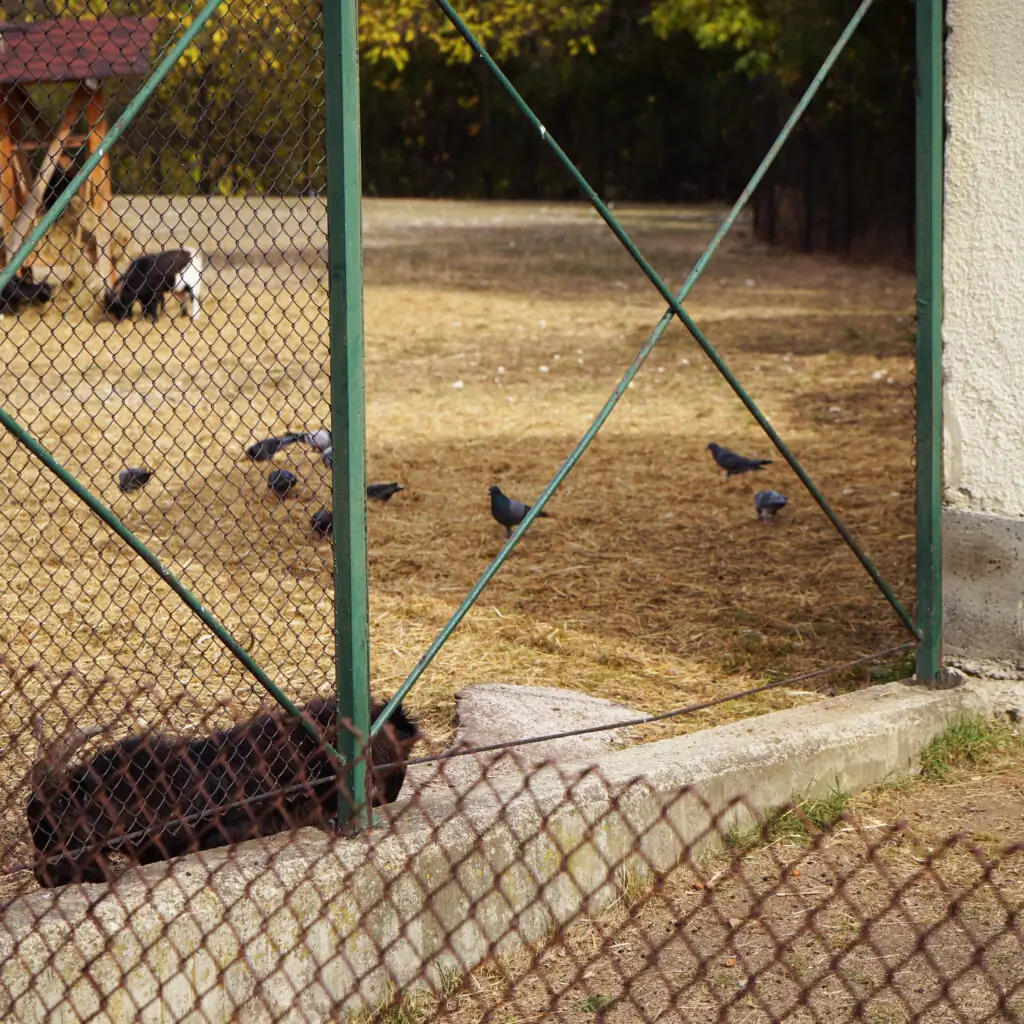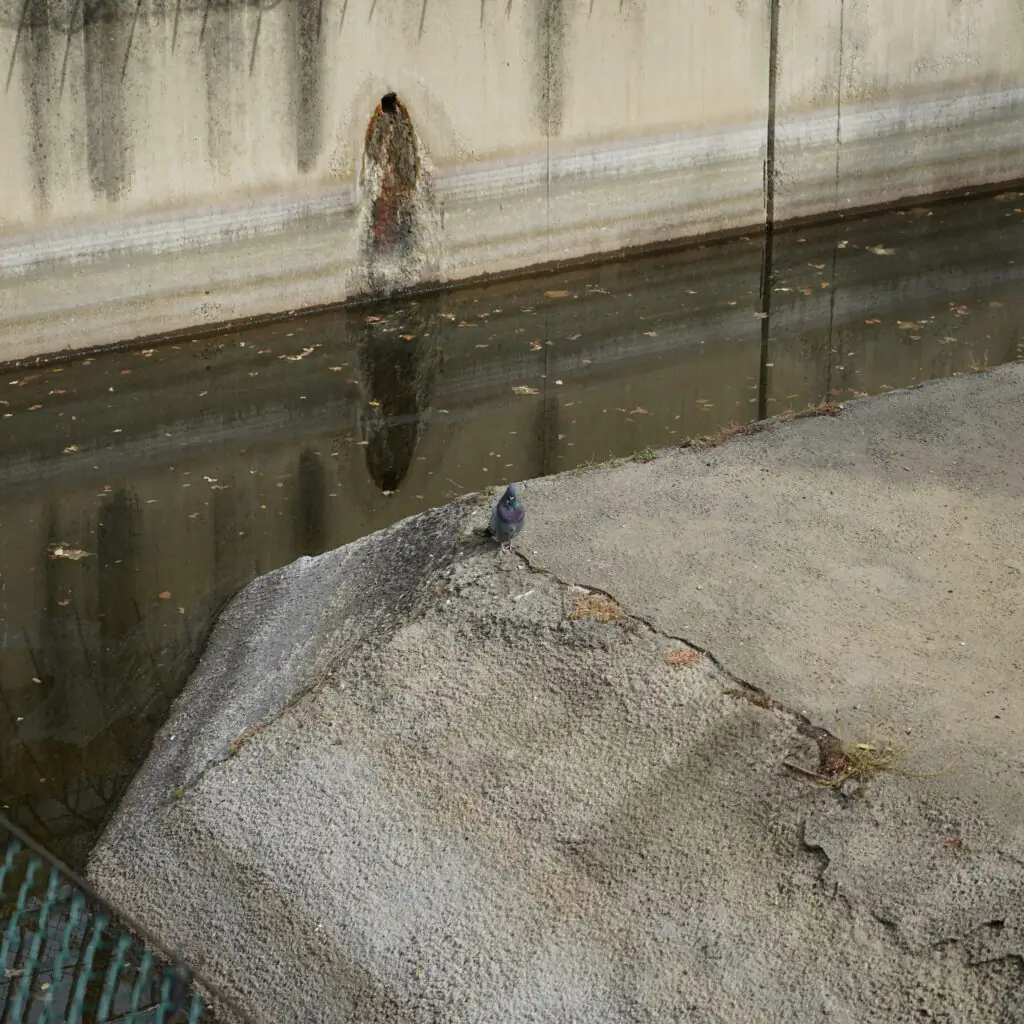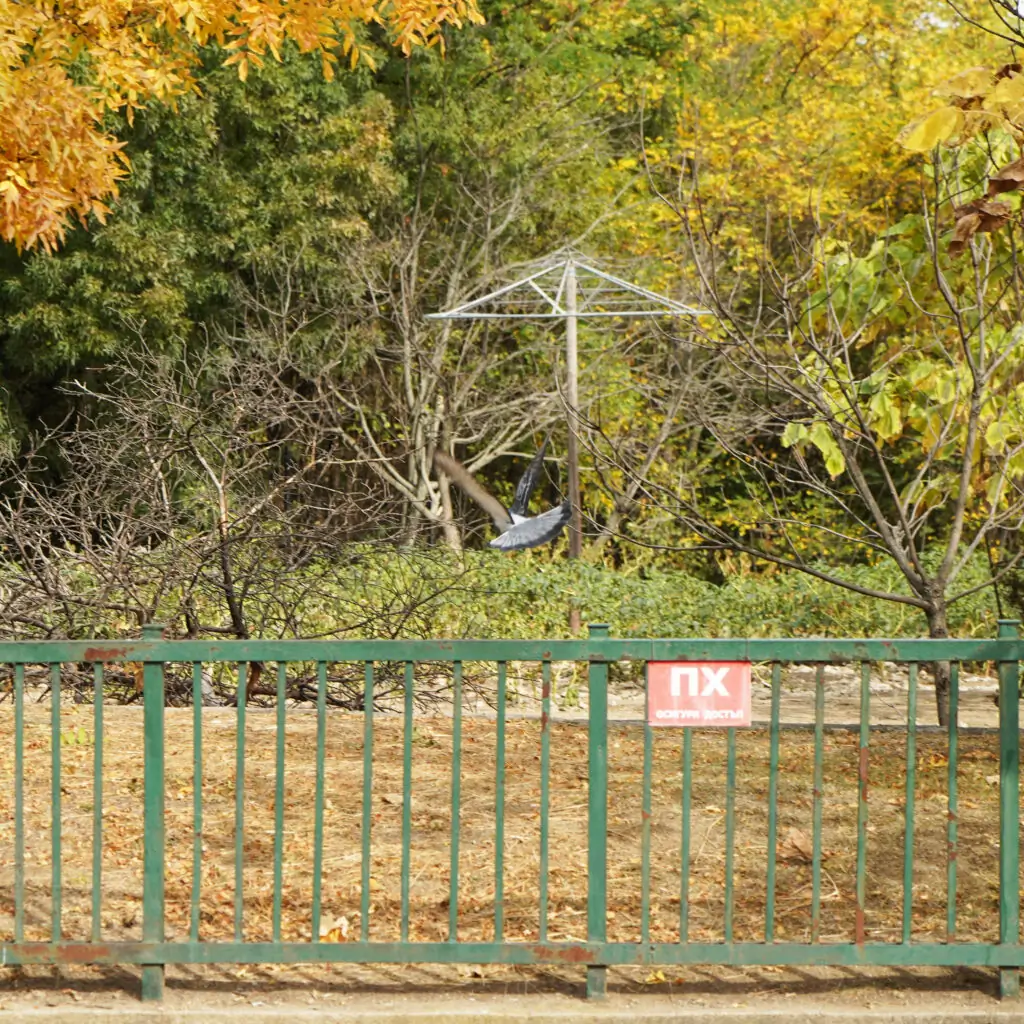What do Pigeons Dream About | 2024
When imagining freedom, we usually reduce it to a binary: beings repressed and beings unbound. Freedom appears only in contrast to unfreedom, a distinction produced by an anthropocentric taste of reality. The zoo exemplifies this scheme. Captivity generates the very notion of liberation: to be free one must first be recognized as not unfree, by the standards of the human subject. Cages, borders, and divisions — between wild and tame, civilized and barbaric, nature and culture — stabilize this imaginary.
From within this logic, if we asked zoo animals, objects, or even ice-cream trucks why they exist, the expected answer would be, “Because of humans.” Such reasoning assumes a hierarchy where some existences are overmined or undermined for the sake of others. This is both violent and false. On the ontological horizon there is no privilege, no gradation, no being that grounds the existence of another.
If we asked the pigeons, their answer might be: “We are here because we can.” Their modes of movement, interaction, or withdrawal are not inscribed in the binary of freedom and imprisonment. Even inside the zoo, their being unfolds contingently, outside human narratives, neither free nor unfree.
This small window gestures toward non-perspectives: ways of existing that refuse humanized binarity and open onto forms of freedom that remain inconceivable from within the human frame.


